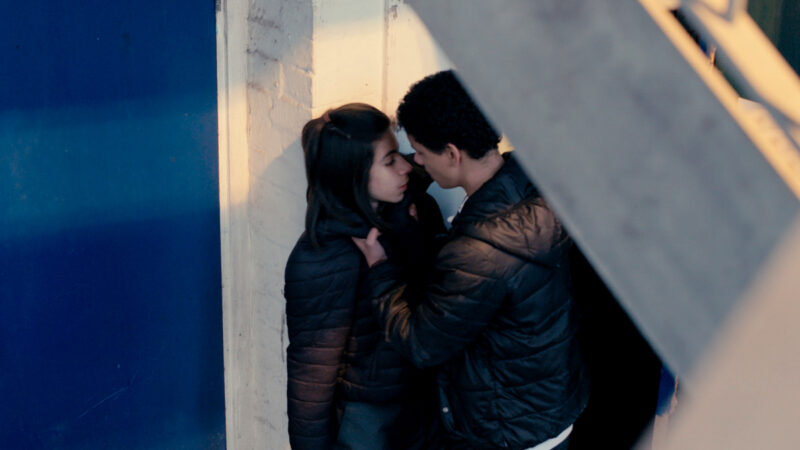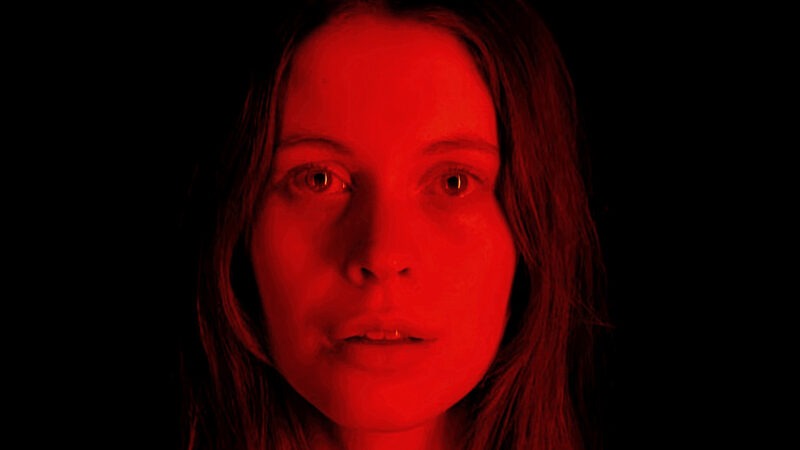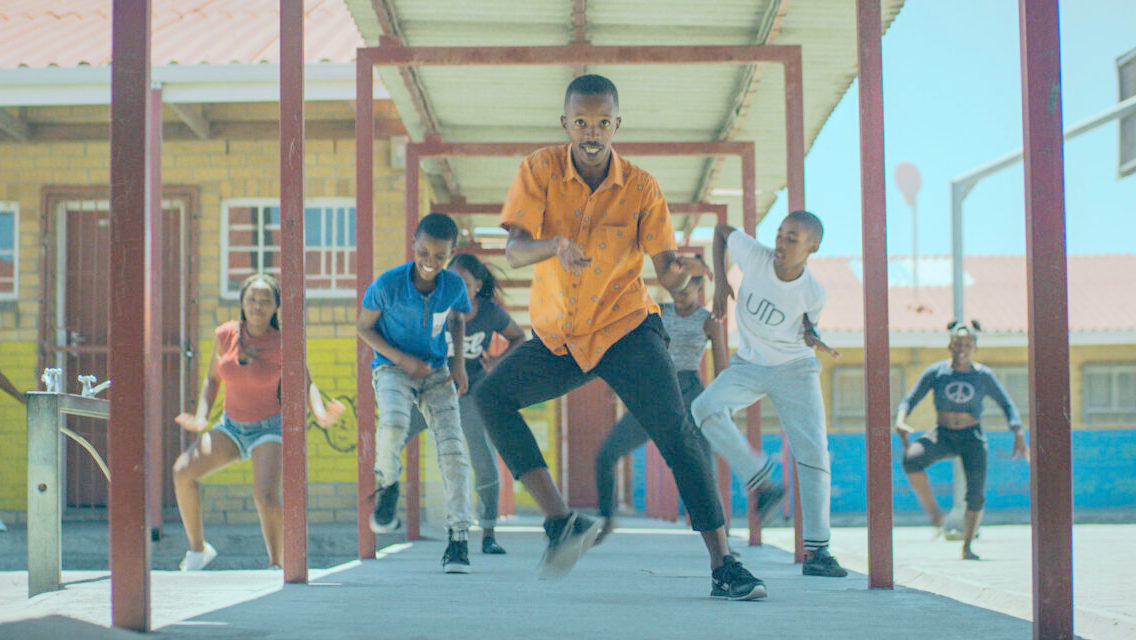
An Industry Case Study
Narrative | Dramatic Features
Film Name: My Father the Mover
Genre: Drama/Dance
Length of film: in word(s) / number(s)
Date: Jan 2020
Director: Julia Jansch
Producer: Julia Jansch, Mandilakhe Yengo, Sheila Nevins
Writer: Julia Jansch
Cinematographer: Ross Hillier
Production Company: Point Pictures
Budget: NA
Financing: Point Pictures & Pressure Cooker Studios
Shooting Format: NA
Screening Format: NA
World Premiere: NA
Awards: NA
Website: https://southernpointpictures.com/my-father-the-mover/
The Official Trailer for My Father the Mover
Watch The Trailer for My Father the Mover directed by Julia Jansch
A Short Biography of Julia Jansch
Julia Jansch is a Tribeca-award winning filmmaker from South Africa. Her films take deep dives into what makes us most human. Julia spent just under a decade working in development at Fremantle Media and Radical Media before going independent and telling her own stories.
In 2015 she set up Southern Point Pictures. Her film, My Father the Mover, won the Grand Jury Award for Best Documentary Short at the Tribeca Film Festival (2020) and was acquired by MTV Studios. It was nominated for a prestigious Critics Choice Award.
She is premiering her next documentary short, ELSA, at the Tribeca Film Festival (2022). Julia is packaging her narrative feature, Huberta; and is in post production on a project for Disney+. She has a filmmaking diploma from The New York Film Academy, and an MBA and Masters in Global Governance from the University of Oxford.
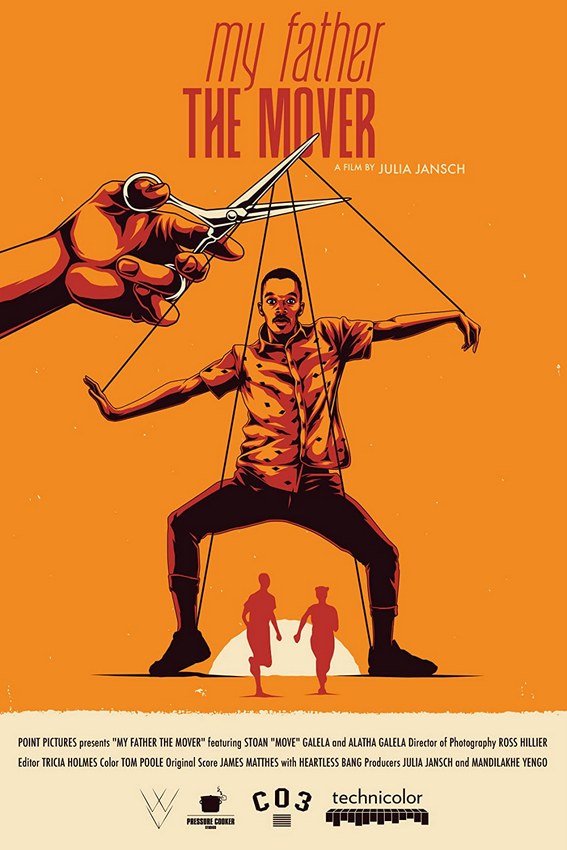
The Julia Jansch Interview
indieactivity: What is your film about?
Julia Jansch (JJ): I stumbled across Stoan Move Galela quit sporadically. I was looking for a dancer to make a music video. I asked my associate producer, Mandilakhe Yengo if he knew of any dancers… he said he did know of someone… Stoan… though more of a choreographer. We sat down for a meeting and I shared my music video idea with Stoan. I asked him how long he’d been a dancer for… “I’m not a dancer,” he said, “I’m a mover.”
I was immediately intrigued. Digging deeper, he told me about his work as a “motivational mover” and how he uses gqom (a popular type of African electronic music) dance to motivate and inspire kids in his township and community. It was right there and then, in that meeting, that I scrapped the music video idea and decided that Stoan’s story was far more interesting.
And so “My Father the Mover” was born. I had to react quickly as I was due to fly back to NYC the next week and so swiftly got a small production crew together and the next weekend we arrived at his home, with a plan to shoot him in his home environment and then at work in his classes. It was only upon arrival at his home that I learnt of Alatha, his daughter. I asked Stoan, “Is Alatha also in your dance group?” and it became apparent that for whatever reason, Alatha had yet to transcend to the levels of freedom, confidence and openness that his students had. She was blocked, to say the least, and was not in his dance group.
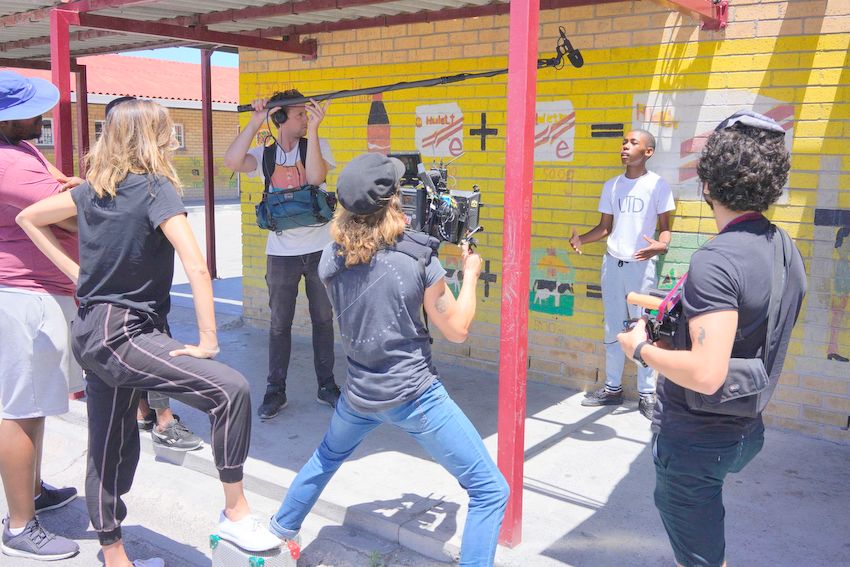
It was there on set that the A plot of the story came to me. If Alatha was put through her father’s program, could she too find her own “superpowers” in the way that Stoan’s students had? The main story took over… Of a father and a daughter… The B plot then became about putting a spotlight on Stoan’s important work in his community. In a nutshell, the story evolved in the most organic way. At every step, when I let go of the reigns of the steadfast original idea I had in my head, the universe ushered in something even better!
Tell us about the festival run, marketing and sales?
Julia Jansch (JJ): The film won the Grand Jury Award at the Tribeca Film Festival. It was then acquired by Sheila Nevins and MTV Studios. It then went on to screen at numerous Oscar-qualifying festivals and win more awards, including at Urbanworld; Cardiff; Cleveland; Reel Sisters of the Diaspora.
Give the full Official Synopsis for your film?
Julia Jansch (JJ): African electronic Gqom beats motivate kids in the township of Khayelitsha, South Africa to jive through their hardship and find their superpowers. Alatha’s father calls himself a Mover. Using African dance moves, he helps kids in Khayelitsha township to transcend their hardship (drugs, poverty and abuse) and “find their superpowers.” The Mover is also a single father. And while he has helped many kids, he still has difficulty getting his own daughter to find her own powers. But in a tender moment together, this is all about to change.
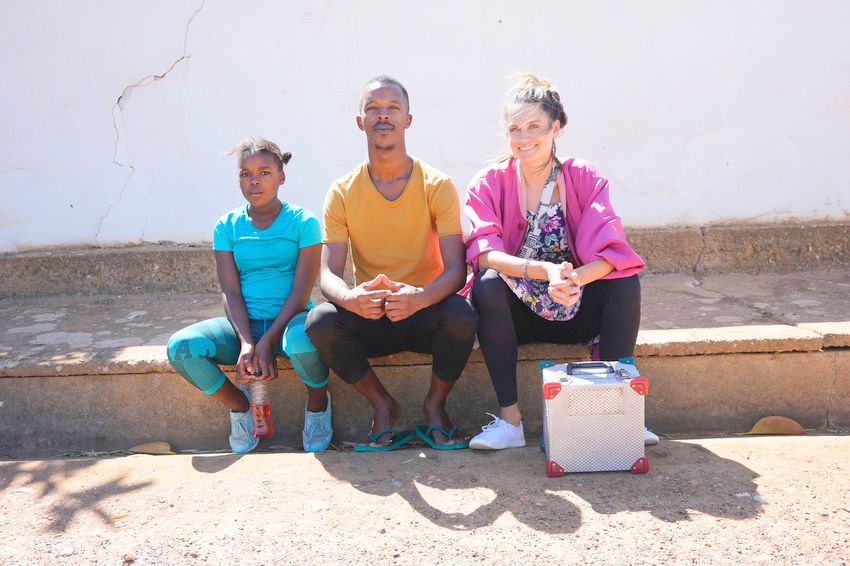
Development & Financing?
Julia Jansch (JJ): Point Pictures and Pressure Cooker Studios self-financed the film
Production?
Julia Jansch (JJ): Movement is really the key word. Movement powered by the moves of the dancers… a lot of that camera work was about really getting in there (especially in the class), allowing the audience to feel as if they’re dancing along… But Movement of camera work that also evokes movement of feeling… especially in the scenes towards the end where the camera movements eb and flow, fast and slow, alongside the score to evoke emotion. This handheld style I believe really carries the film.
But! You are right to point out the juxtaposition of this handheld, “movement-esque” feel to the static, establishing, wide-angle shots. The latter give the information. The former give the feeling. Regarding the information – although the primary purpose of the documentary is to evoke emotion and feelings of freedom, it is also a documentary shedding a light on Stoan and his important work within his community.
And so the interviews, the end dance scene, aspects of him teaching in the class, the factual, are contrasted with the inner world… and the feelings that are evoked. These more static, information-driven shots were important… if everything moves in a film, you don’t get the sense of movement. You need the ying to see the yang.
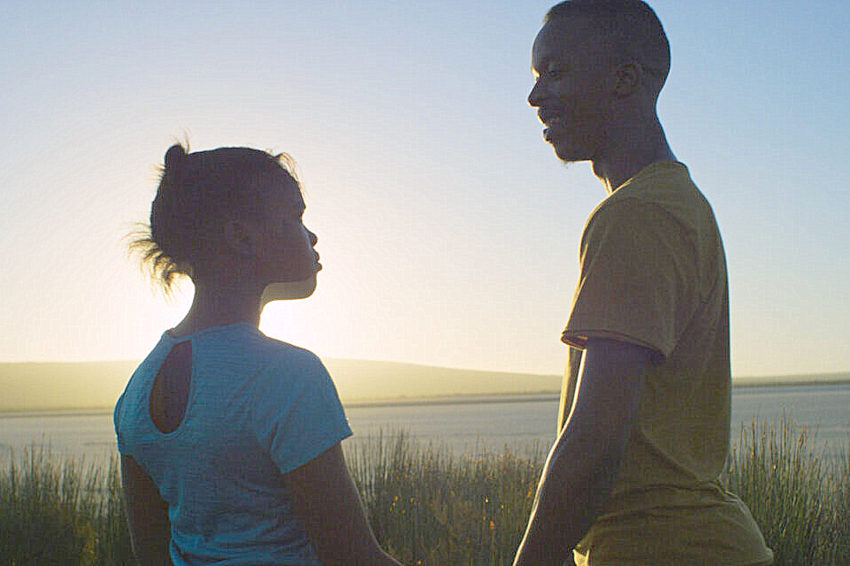
The editing, shooting style and narrative were very much in synergy. The handheld, movement, feeling-evoking shots are derived from Alatha’s POV. As the title suggests, “My father the Mover”, it is her experience and it was the edits role to show this. She is the one going on the journey of freedom. And so when we are with her, or seeing through her eyes, the style is quite different to the information-driven style of static shots and establishing shots mentioned above.
We open the film with Alatha, in her thoughts… so we know we will be with her throughout, experiencing what she’s experiencing. Her A Plot story is then complimented with the more information-driven shots which are peppered throughout, hopefully seamlessly, so we don’t leave her experience for too long periods at a time. I have to say that the film really came together in the edit.
I love documentary work because you go in without a script and take a leap of faith, oftentimes not knowing what you’re getting into or where it’s going… and then through the interrogation after the fact, in the edit room, the real magic unfolds!
Tell us what you think of the Case Study for My Father the Mover. What do you think of it? Let’s have your comments below and/or on Facebook. Or join me on Twitter
Follow Julia Jansch on Social Media
Website
IMDb
LinkedIn
Twitter
Instagram
Vimeo
MORE STORIES FOR YOU



